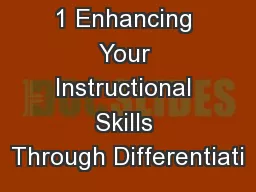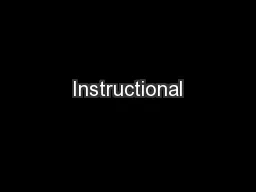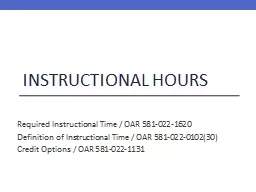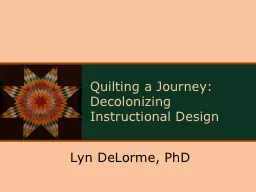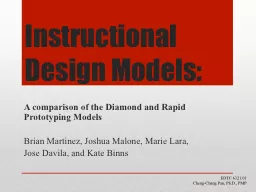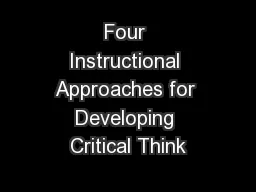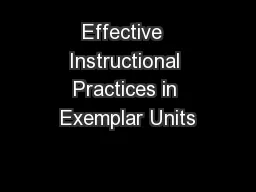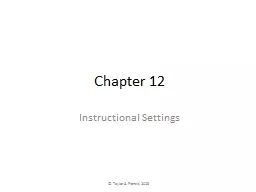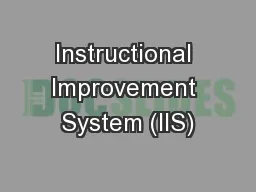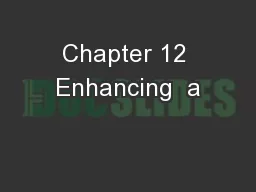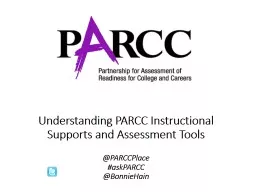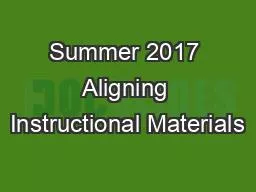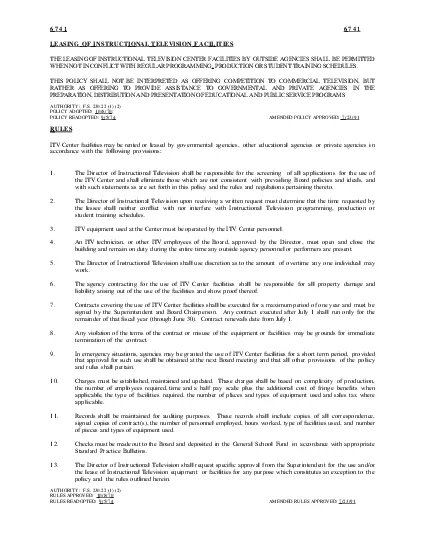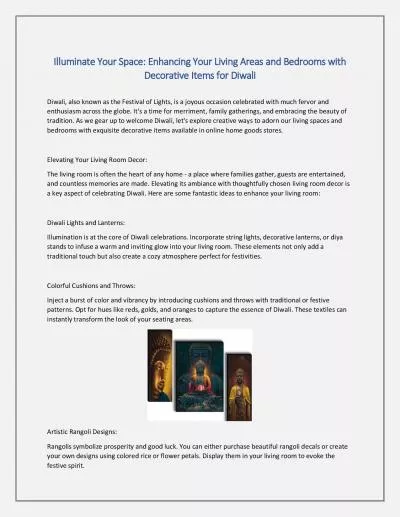PPT-1 Enhancing Your Instructional Skills Through Differentiati
Author : danika-pritchard | Published Date : 2017-12-07
ADD YOUR NAME AND DATE OF PRESENTATION HERE 2 Session Overview What Is Differentiation Differentiation Strategies Differentiation Practice Tips for Implementing
Presentation Embed Code
Download Presentation
Download Presentation The PPT/PDF document "1 Enhancing Your Instructional Skills Th..." is the property of its rightful owner. Permission is granted to download and print the materials on this website for personal, non-commercial use only, and to display it on your personal computer provided you do not modify the materials and that you retain all copyright notices contained in the materials. By downloading content from our website, you accept the terms of this agreement.
1 Enhancing Your Instructional Skills Through Differentiati: Transcript
Download Rules Of Document
"1 Enhancing Your Instructional Skills Through Differentiati"The content belongs to its owner. You may download and print it for personal use, without modification, and keep all copyright notices. By downloading, you agree to these terms.
Related Documents

